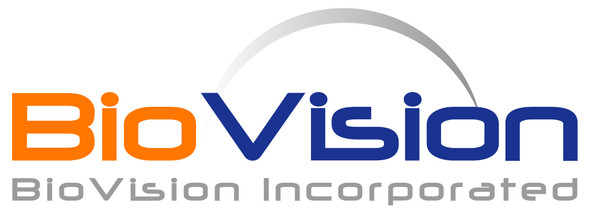Description
Human CellExp™ HGFR/c-MET, human recombinant is available at Gentaur for Next week delivery.
Plays a central role in epithelial morphogenesis and cancer development.
Biomolecule/Target: HGFR/c-MET
Alternates names: MET, AUTS9, HGFR, RCCP2, c-Met
Synonyms: MET, AUTS9, HGFR, RCCP2, c-Met
Background Information: Hepatocyte growth factor receptor (HGFR), also known as mesenchymal-epithelial transition factor (MET), c-Met, and is a glycosylated receptor tyrosine kinase that plays a central role in epithelial morphogenesis and cancer development. HGFR protein possesses tyrosine-kinase activity. The primary single chain precursor protein is post-translationally cleaved to produce the alpha and beta subunits, which are disulfide linked to form the mature receptor. HGFR is normally expressed by cells of epithelial origin, while expression of HGF is restricted to cells of mesenchymal origin. Upon HGF stimulation, HGFR induces several biological responses that collectively give rise to a program known as invasive growth. Abnormal HGFR activation in cancer correlates with poor prognosis, where aberrantly active HGFR triggers tumor growth, formation of new blood vessels (angiogenesis) that supply the tumor with nutrients, and cancer spread to other organs (metastasis). HGFR is deregulated in many types of human malignancies, including cancers of kidney, liver, stomach, breast, and brain. Normally, only stem cells and progenitor cells express HGFR, However, cancer stem cells are thought to hijack the ability of normal stem cells to express HGFR, and thus become the cause of cancer persistence and spread to other sites in the body. Various mutations in the HGFR gene are associated with papillary renal carcinoma. HGFR mediates a complex program known as invasive growth. Activation of HGFR triggers mitogenesis, and morphogenesis.
Reconstitution Instructions: Centrifuge the vial prior to opening. Reconstitute in sterile PBS, pH 7.4 to a concentration of 50 µg/ml. Do not vortex. This solution can be stored at 2-8°C for up to 1 month. For extended storage, it is recommended to store at -20°C.
NCBI Gene Symbol: MET
Gene ID: 4233
NCBI Accession: P08581
Additional Information
Size: |
20 μg |
Country of Manufacturing Origin: |
USA |
Country of Animal Origin: |
USA |
Gene Source: |
Human |
Recombinant: |
Yes |
Source: |
HEK293 cells |
Purity by SDS-PAGE: |
≥95% |
Assay: |
SDS-PAGE |
Purity: |
N/A |
Assay 2: |
N/A |
Endotoxin Level: |
<1 EU/μg by LAL method |
Activity (Specifications/test method): |
N/A |
Biological activity: |
Measured by its binding ability in a functional ELISA Immobilized recombinant human HGF at 10 μg/ml (100 μl/well) can bind biotinylated c-Met. The EC50 of biotinylated c-Met is 2.52 μg/ml. |
Results: |
Measured by its binding ability in a functional ELISA Immobilized recombinant human HGF at 10 μg/ml (100 μl/well) can bind biotinylated c-Met. The EC50 of biotinylated c-Met is 2.52 μg/ml. |
Molecular Weight: |
This protein is fused with C-terminal 8×His tag. The mature form of HGFR is a disulfide-linked heterodimer composed of proteolytically cleaved α and β chain. Each α and β chain has a calculated MW of 32.5 kDa (α chain) and 60 kDa (β chain). The predi |
Storage Temperature: |
-20°C |
Shelf Life: |
12 months |
Concentration: |
N/A |
Appearance: |
Lyophilized |
Handling: |
Centrifuge the vial prior to opening. |






